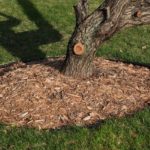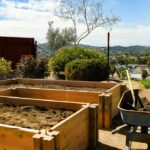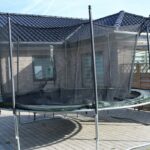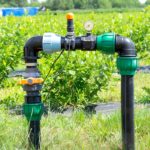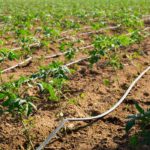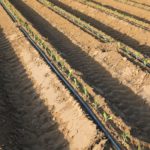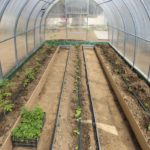A drip irrigation system allows you to save energy and time by watering numerous plants at once. However, this system isn’t without its flaws. So, what are the downsides to drip irrigation systems, and how do you know if it’s right for your yard or garden?
Two of the biggest downsides of drip irrigation are its high initial cost and clogging issues. Furthermore, if you cover the tubes with mulch, it can become difficult to check if the system is running well. Drip irrigation can be a great choice for planting beds, but it’s less ideal for a lawn.
Before installing a drip irrigation system, it’s best to do a little research and figure out if it’s the best option for your needs. Let’s take a closer look at the potential benefits and drawbacks of using drip irrigation so that you can make a decision with confidence.
What Are the Disadvantages to Drip Irrigation?
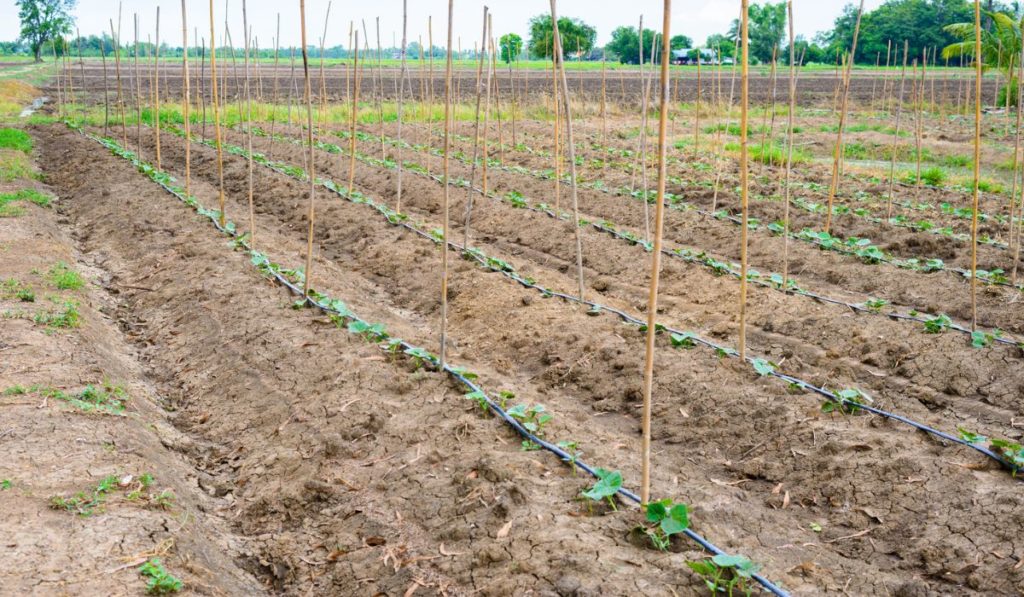
Although there are many advantages of drip irrigation, its use also comes with some drawbacks and challenges. These include:
The Installation Process
The initial cost of installing a drip irrigation system (on Amazon) can be much higher compared to overhead systems. Depending on the area of your garden, it can take quite some time to install all the lines, tubes, timers, and filters.
Also, as your plants grow, or you add more plants, you’ll need to make additions to your system to ensure that all your trees and plants are covered.
Clogging Issues
This is quite a common issue faced by people who are new to drip irrigation. If you don’t use filtered water or your equipment isn’t properly maintained, it can cause your system to become clogged.
In subsurface irrigation systems, it’s not possible for the user to see the amount of water being applied to the plants. You may end up applying too much or too little water.
Your landscape may show signs of distress if you aren’t meticulous in the maintenance of your system. If your drip tubes or emitters become clogged, your plants may start dying due to a lack of water.
Longevity of Tubes
The heat from the sun can affect the lifespan of the tubes, as exposure to UV light can degrade your drip irrigation tubing. According to professionals, drip irrigation tubing buried under the ground can last for a decade.
However, the tubing placed on the surface typically wouldn’t last this long due to many reasons, including the effects of sunlight and an increased risk of splitting and freezing.
The degrading plastic of the tubes can also affect the soil content. When the plastic is degraded by the sun, it becomes brittle and releases estrogenic chemicals into the surrounding environment. This can harm the soil and your plants.
In addition, these tubes are often damaged by rats and rodents, which can disrupt the watering cycle. This system is also not suitable for night frost damage control.
What Are the Benefits of Drip Irrigation?
The following are some benefits of a drip irrigation system:
- Very little loss of nutrients: Due to reduced leaching and localized application, this system ensures minimal loss of fertilizer and nutrients.
- Less weed growth: As water is supplied directly to the plant roots, there’s very little weed growth and soil erosion.
- Reduced risk of fungal disease: Drip irrigation keeps the roots of the plants moist. There’s no water on the leaves or around the base of the plant, which reduces the risk of fungal diseases.
- Efficient water application: In drip irrigation, there’s hardly any water loss due to evaporation or runoff, which delivers higher water efficiency.
- Reduced energy costs: This system operates at a lower pressure compared to other types of pressurized irrigation, which helps achieve savings in energy costs.
- Uniformed water distribution: The supply of water is controlled by various emitters (on Amazon), which ensures that all the plants are supplied with water according to their specific needs.
Is Drip Irrigation the Best Option for You?
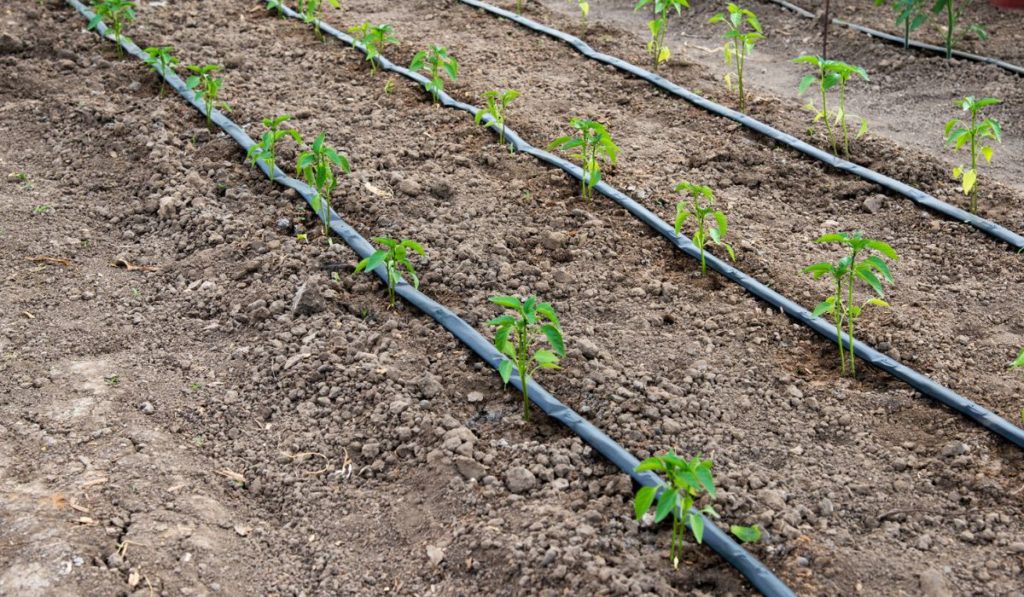
A drip irrigation system is relatively easy to install, even for people who aren’t mechanically inclined. It’s adaptable and portable and can be modified to suit the layout of your plants. However, to maintain its efficient maintenance, regular maintenance is essential.
You’ll need to check that your tubes and emitters are clog-free, and the lines aren’t chewed by rodents. Filters will also need to be changed or cleaned, and regular system flushes will be needed to keep the system clear and free.
Drip irrigation is a more controlled method of delivering water to your plants compared to a hose or a surface sprinkler. Although it’s ideal for planting beds, it isn’t suitable for lawns and grass.

